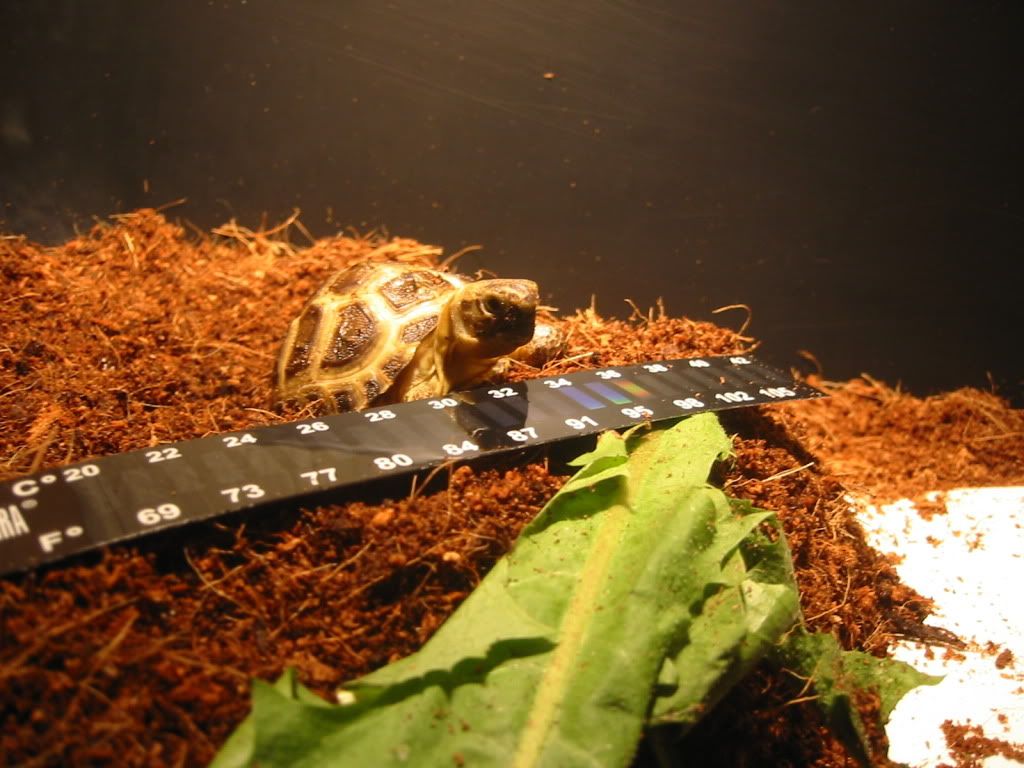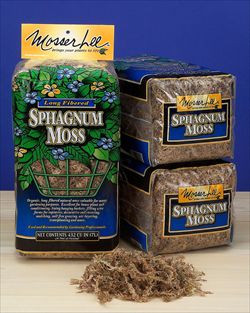Here's my story, any advice would be greatly appreciated:
I have had Mona since about June of 2008. I bought her from a breeder who said she was born around March of 2007, which makes her about 2 years and eight months old. But I'm not exactly sure the breeder had her birth date right.
I don't know what I'm doing wrong, and she's definitely pyramiding now. Her "brother" Ed (I don't really know the sexes of either of them, or if they are 100% related) seems to be showing a little bit of pyramiding now too, but much less. I adopted him a little later than Mona, in August of the same year. He was smaller than her then, but now they are almost the same size.
I keep them together in a cement mixing bin in coconut husk, temps on the warm side are around 90F, and the cooler side is around 75F. I soak them once a day now, after I started noticing Mona's pyramiding, because I thought the moisture would help. (Before I soaked them every other day.) I try to keep their substrate moist, and I used to have a humid hide for them but I was having huge mold problems and decided it was unsafe. They have water available 24/7. I used to feed them a supermarket "spring baby greens" mix supplemented with dandelion and plantain and dandelion flowers, but I read recently that romain and spinach are not ideal, so I have switched to a 70% dandelion 30% mixed greens like escarole, chicory, endive, and watercress. They each get about 1 packed cup of greens a day. I supplement with Repticalcium and Reptivite now twice-weekly, but I have used TNT in the past. They usually have a cuttle bone available.
Over the summer, they lived in a planted kiddie pool outside (southern Oregon) all day, and came in at night.
I don't know what I'm doing wrong, and I feel really terrible and frustrated. Also, I have a friend who adopted from the same breeder around the same time I did, and her tortoises have not pyramided, and are also larger than mine. She feeds them chopped up lettuce, leaving a continuous supply available to them. Other than that, our care methods are pretty identical.
Mona the day I brought her home:

Mona, Today:

(She's giving me the reptile stink eye because I just woke her up)

I think it's most obvious in the above picture.

Edward, today:

Not as bad as Mona, but you can see it starting.
This is their current set-up:

What am I doing wrong?
Sorry this is such an epicly long post, thanks for reading.
I have had Mona since about June of 2008. I bought her from a breeder who said she was born around March of 2007, which makes her about 2 years and eight months old. But I'm not exactly sure the breeder had her birth date right.
I don't know what I'm doing wrong, and she's definitely pyramiding now. Her "brother" Ed (I don't really know the sexes of either of them, or if they are 100% related) seems to be showing a little bit of pyramiding now too, but much less. I adopted him a little later than Mona, in August of the same year. He was smaller than her then, but now they are almost the same size.
I keep them together in a cement mixing bin in coconut husk, temps on the warm side are around 90F, and the cooler side is around 75F. I soak them once a day now, after I started noticing Mona's pyramiding, because I thought the moisture would help. (Before I soaked them every other day.) I try to keep their substrate moist, and I used to have a humid hide for them but I was having huge mold problems and decided it was unsafe. They have water available 24/7. I used to feed them a supermarket "spring baby greens" mix supplemented with dandelion and plantain and dandelion flowers, but I read recently that romain and spinach are not ideal, so I have switched to a 70% dandelion 30% mixed greens like escarole, chicory, endive, and watercress. They each get about 1 packed cup of greens a day. I supplement with Repticalcium and Reptivite now twice-weekly, but I have used TNT in the past. They usually have a cuttle bone available.
Over the summer, they lived in a planted kiddie pool outside (southern Oregon) all day, and came in at night.
I don't know what I'm doing wrong, and I feel really terrible and frustrated. Also, I have a friend who adopted from the same breeder around the same time I did, and her tortoises have not pyramided, and are also larger than mine. She feeds them chopped up lettuce, leaving a continuous supply available to them. Other than that, our care methods are pretty identical.
Mona the day I brought her home:

Mona, Today:

(She's giving me the reptile stink eye because I just woke her up)

I think it's most obvious in the above picture.

Edward, today:

Not as bad as Mona, but you can see it starting.
This is their current set-up:

What am I doing wrong?
Sorry this is such an epicly long post, thanks for reading.
